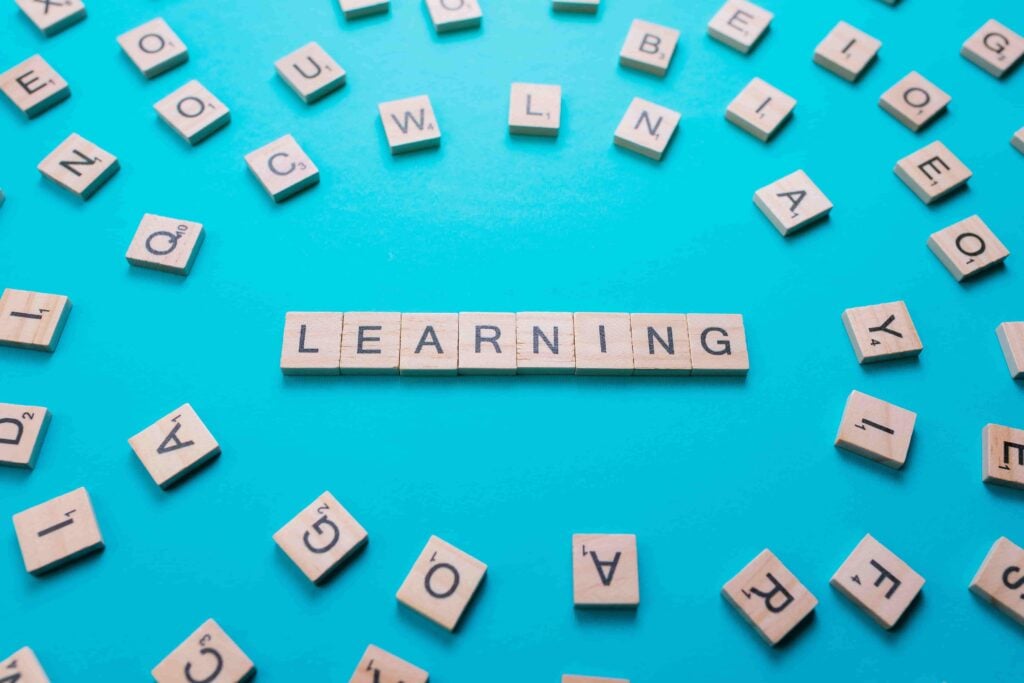How to facilitate learning and discovery | 5 active learning strategies you can use to improve student engagement

How many times do you hear people say, “Back when I was at school, I wasn’t so much learning things, as learning how to pass exams.” How often do you feel like you’re perpetuating that cycle? The key is to incorporate active learning strategies that fuel your students’ natural curiosity.
Active learning strategies are the polar opposite to learning by rote. Forget lines, forget copying out of a book, forget the standard approaches. Yes they have their place, but when your students hit the real world, the game changes, and the switch-up can be cruel.
To truly prepare your students for the real world, active learning strategies are the key, and we’ve got 5 of the best approaches you can start incorporating into your classroom activities today.
1. Start using the think-pair-share technique
The odds are you’ve done this once or twice during your own schooldays, but this is well worth making a regular feature of your approach to teaching as it so closely mirrors how people learn new skills and processes in the world of work.
You encourage your students to think about a question or topic individually, then pair them up with a classmate to discuss their thoughts, and come to some joint conclusions before sharing their insights with the larger group. This gives students opportunities to develop autonomy, collaborative skills, and speaking to a group.
Because the process starts individually and moves to pairs, it gives students “no place to hide,” or to put it another way, nobody can rest on their laurels or fail to engage in the process – with only 2 people, both need to participate for the conversation to work.
Pro tip: Make sure you switch up who people are paired with each time. If you can always pair up with your best friend, you can just fall into your well-rehearsed roles and miss out on opportunities to develop.
The think-share-pair approach mirrors so closely how project based work within companies works, and in most jobs, on occasion, you’ll need to work with people you may clash with. The potential friction, or obstacles to overcome, are opportunities for your students to develop valuable people skills alongside the subjects themselves.
2. Regularly use gallery walk activities
Here, you set up stations around the classroom with different topics or questions related to the subject.
Students move from station to station, adding their thoughts or responses to the content, either on a whiteboard, or on a post-it note.
At the end, you can chair a discussion and essentially hold a town hall where all perspectives are discussed and group conclusions are drawn.
This approach encourages everyone to collaborate and give input, and can bring up a diverse array of perspectives. Because the first stage, the gallery walk itself, offers students a relatively anonymous opportunity to contribute, it eliminates shyness as a blocker. If students then see that their input is getting traction in the group discussion, it can lift their self esteem and empower them to be more vocal.
3. Gamify the classroom and homework alike to offer students autonomy and repeatability
Gamification is the best in class digital strategy when it comes to autonomous, immersive, and effective learning, for any age, but especially students.
Gamification is the application of game mechanics to enhance user engagement, or to put in terms of the challenges you can have both in the classroom and with homework, enhancing concentration. Students typically play all sorts of video games, from mobile games on their phones, to PC games and console games – it’s a language they’re typically well-versed in, and a format they’re familiar with, and to a degree, programmed by.
By mimicking the quick feedback cycles, and the opportunities to repeat experiences, you can create and use learning games to massively improve student autonomy and engagement across subjects.
Using a format like the Dynamic Path™ on Drimify, you can create a multi level playable experience to engage your students with. Intersperse video and text content with Quizzes and puzzles, and tailor the content and imagery to your exact needs. This not only allows students to discover new concepts, but encourages them to apply those concepts to posed scenarios. You could even include puzzles or challenges that they need to solve in order to unlock levels.
Pro tip: Good news for teachers! Newton’s third law applies here. For every action a student takes on a gamified experience, there is an equivalent reaction in the data your game collects.
This means that while you’re offering your students some autonomy in their learning, and encouraging them to apply various principles to realistic scenarios, you can also monitor how they’re performing. It’s essentially offering a low-pressure, continuous assessment of performance, allowing you to easily identify areas for focus.
4. Make one-minute papers the end of every lesson
It’s well proven that if you write something down within an hour of being taught it, you’re more likely to retain a lot of key information. With that principle in mind, introducing one-minute papers to your classroom routine is an incredibly time-efficient and effective practice.
After they’ve put their textbooks away, have your students jot down their key takeaways, any questions that have arisen, or thoughts about a lesson in the final minute before they go to their next class. This strategy encourages concise thinking and reflection, as well as training young minds to pick out relevant details. This is sometimes referred to as an “active recall exercise.”
Pro tip: If you’re incorporating gamification into your classroom, you can incorporate the one-minute paper as a part of it. As a final step to a Dynamic Path™, you could include a Quiz with 3 open questions. “What are the main things you’ve learned from this course?” “What questions do you still have on the topic?” “Which area of this topic would you like to learn more about?”
This not only gives them an opportunity to express themselves and allow you as their educator an insight into how they’re finding the subject, but will also help them with retention.
5. Incorporate the jigsaw method
I guarantee, you’ll have experienced this in some form at least once in your schooling.
With a large topic, you can divide it into smaller sub-topics, then divide your students into smaller groups with the instructions to research their sub-topics and become relative experts. The final step is then mixing up the students into new groups, so each individual member of each group is an expert in a different sub-topic. Their job is to share their expertise with the rest of the group, so everyone ultimately learns everything, but they learn from each other.
Why is this an effective approach to active learning? The answer is 3-fold.
First and foremost, it’s encouraging autonomy, developing research skills, and fostering auto-didactic habits; the student has to go out and identify relevant sources, and mine those sources for the best information.
Secondly, when you teach someone something you’ve just learned, you retain it far better, and you think more about it when they ask questions – this encourages you to develop a more robust understanding of the subject matter.
Finally, like many of the other strategies listed here, it’s encouraging collaboration between students. They’re having to interact, to explain information, and also listen and ask questions to then gain information.
Pro tip: While no less valuable or applicable than the other tactics listed here, it’s probably the one that should be used most sparingly, particularly with younger students in primary or elementary school.
This is because it’s time consuming, and involves a certain level of trust in your students’ ability and motivation. For high school seniors, A-level or Highers students, this could offer a great bit of variation in their learning, and serve as an introduction to how learning and research works in universities and some workplaces.
Key takeaway

The classrooms are a battle for hearts and minds. The students are fundamentally changing, and so too is the working world they’ll eventually join – the latter, arguably at a much faster rate than the former. (Did you think when you were 12 years old and learning how to make a spreadsheet that people would be professional video game players, making money by just vlogging about their daily life, or literally get job opportunities because they know how to talk to machines? Nobody knows what the landscape of work will look like in 2040.)
Incorporating active learning strategies, like the ones listed here, above all the other advantages, are a way to make the next generations more adaptable to changing circumstances and demands in the labour market.
Consider these methods actionable starting points to use across different age groups, subjects, and ability levels.


















































































































































































